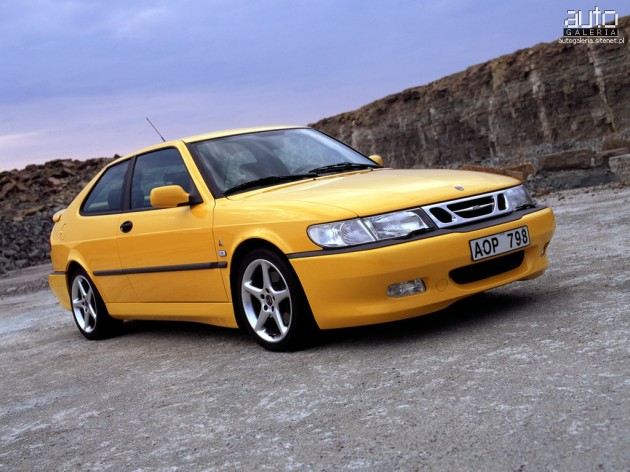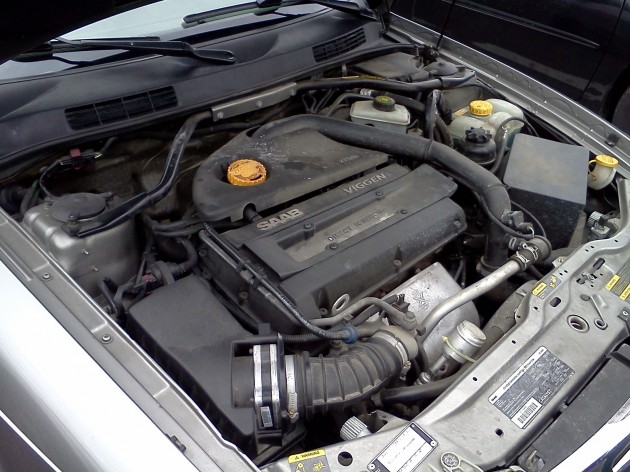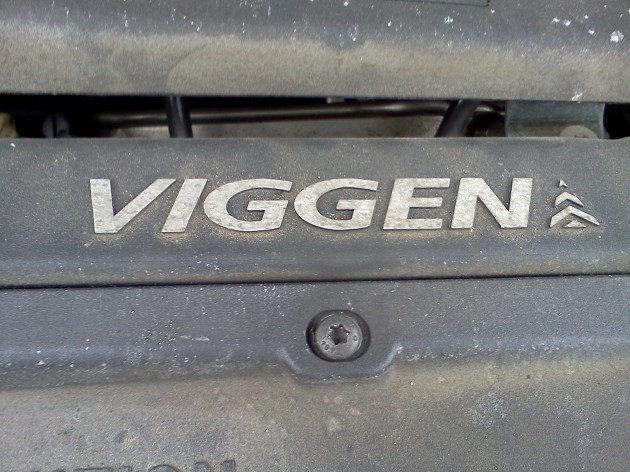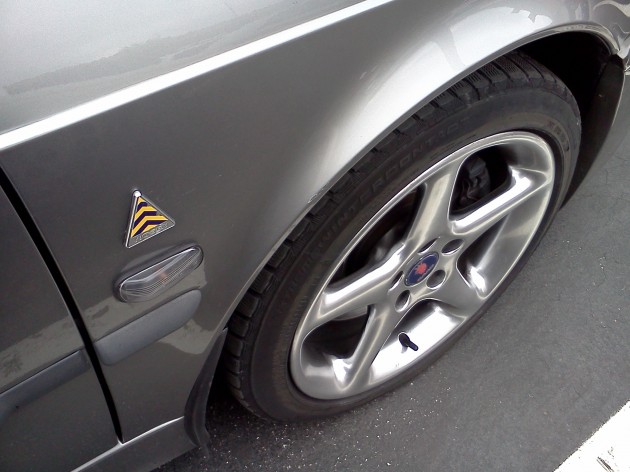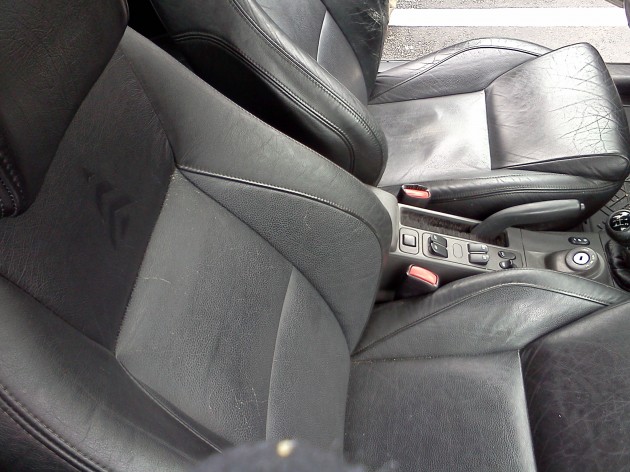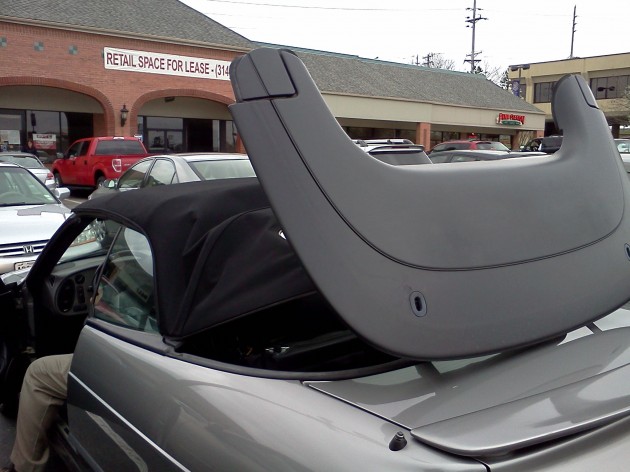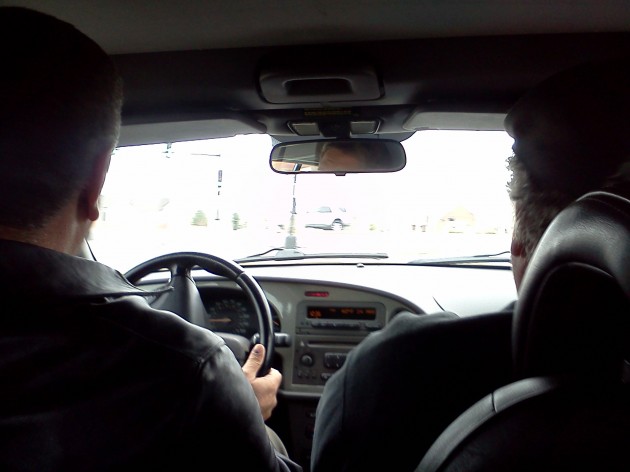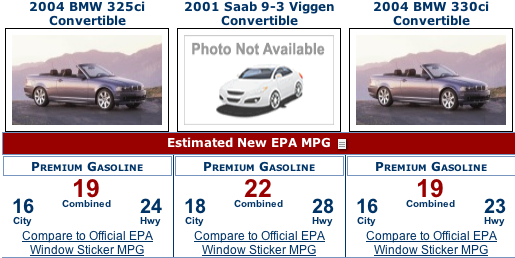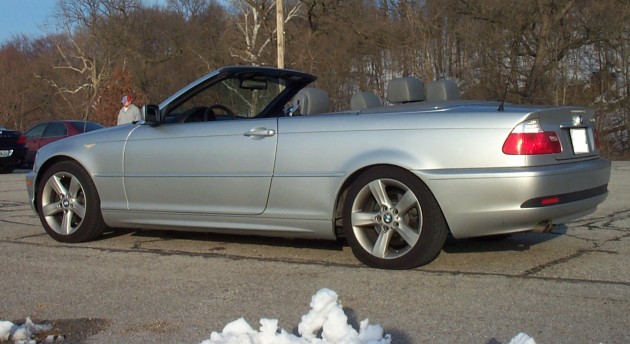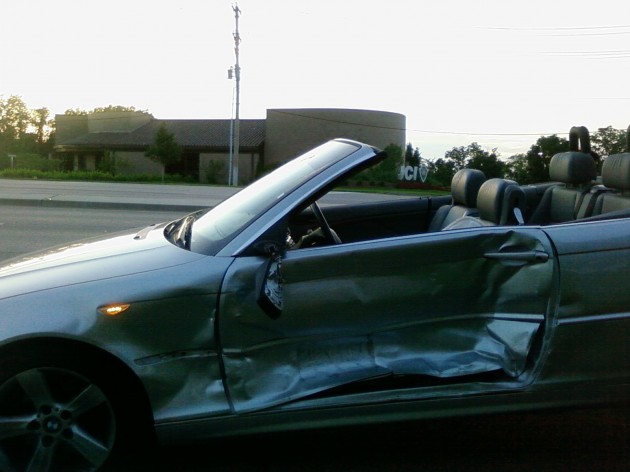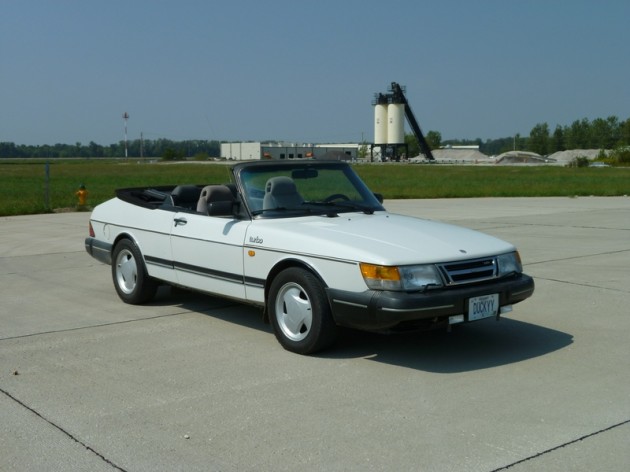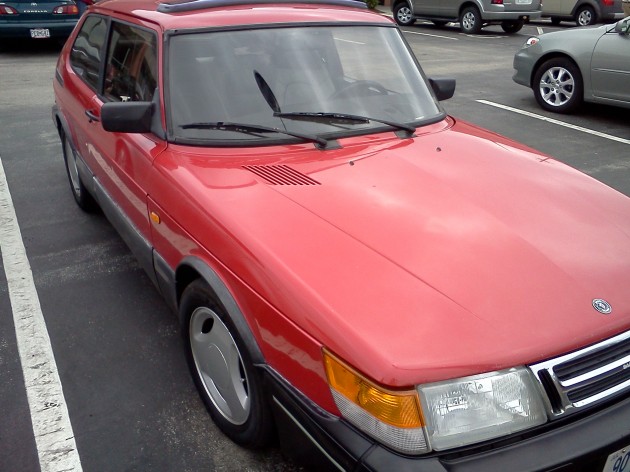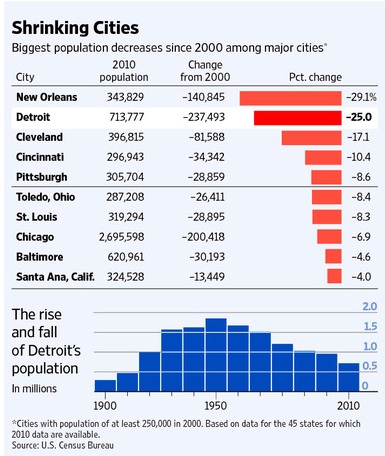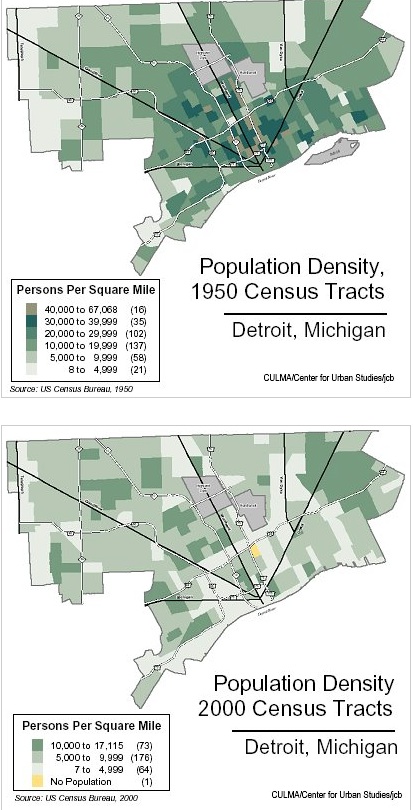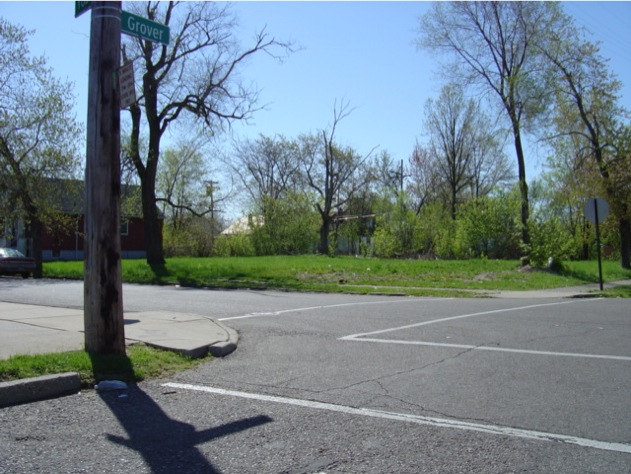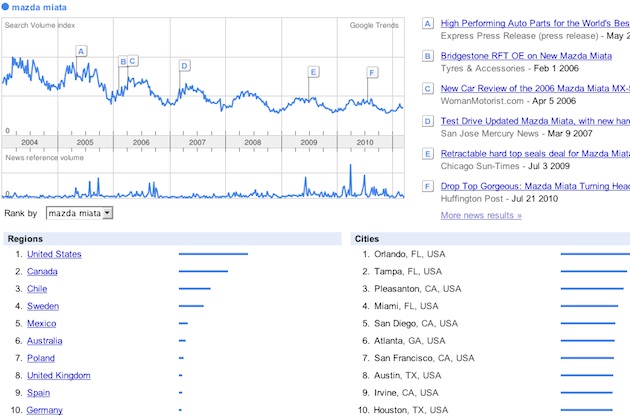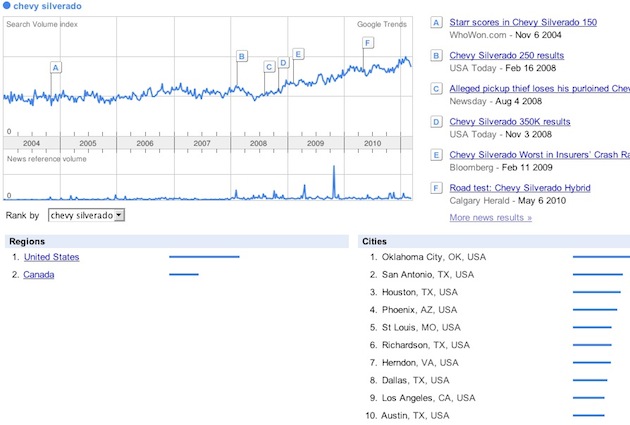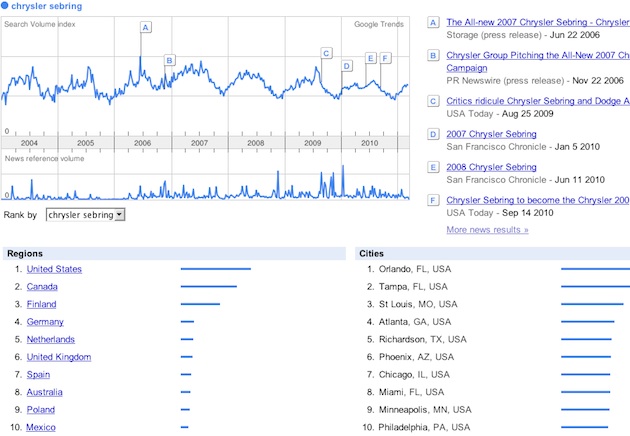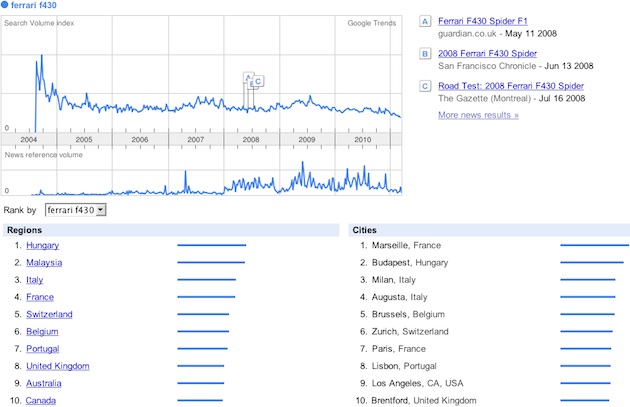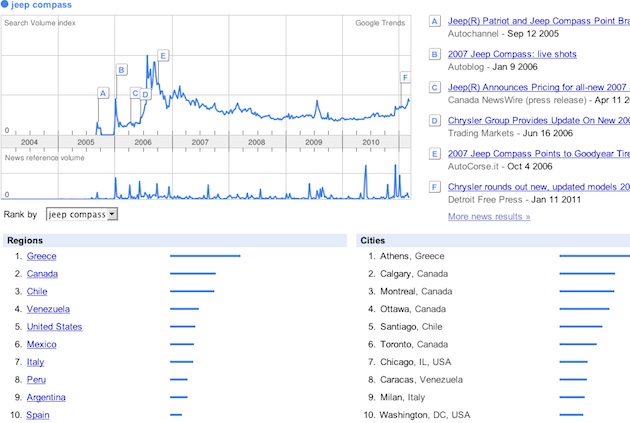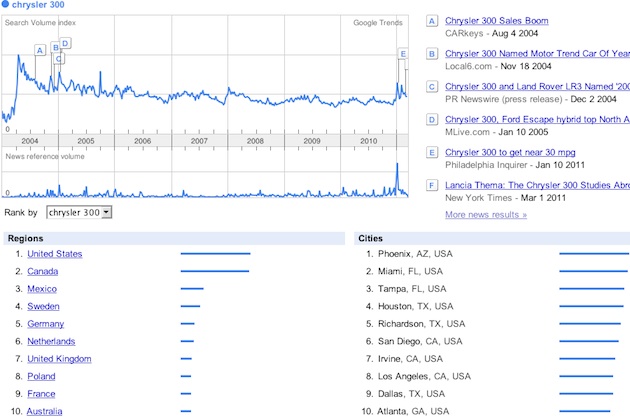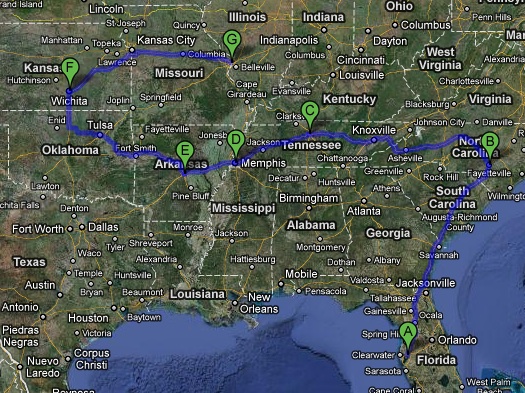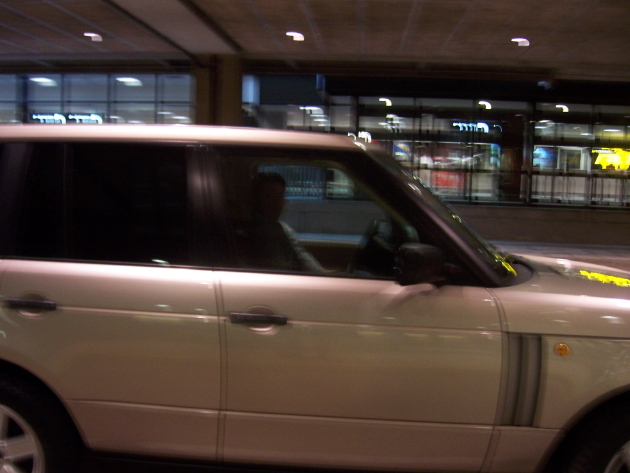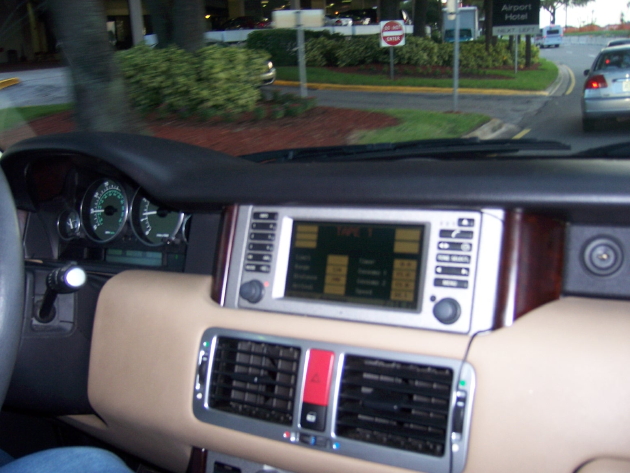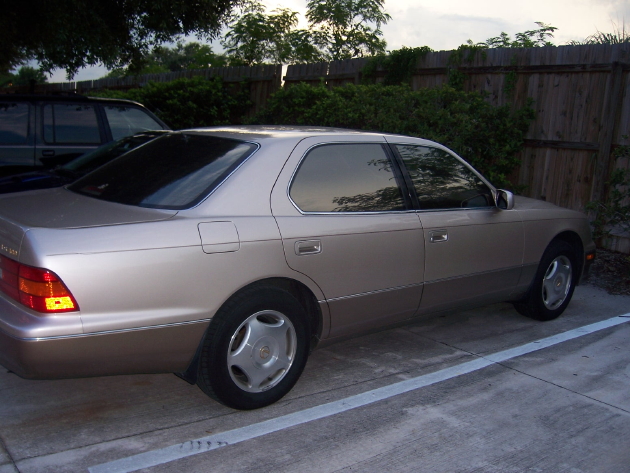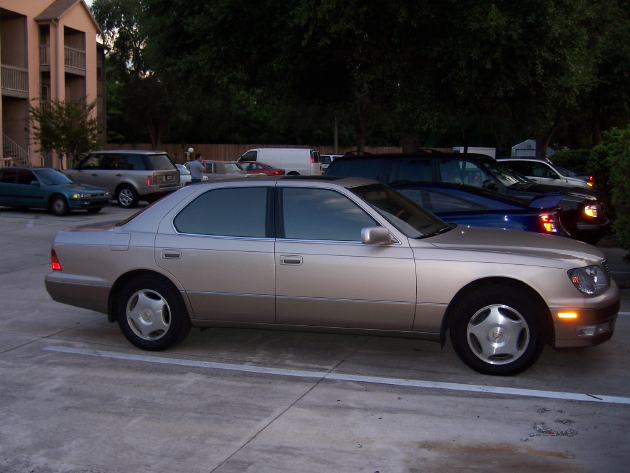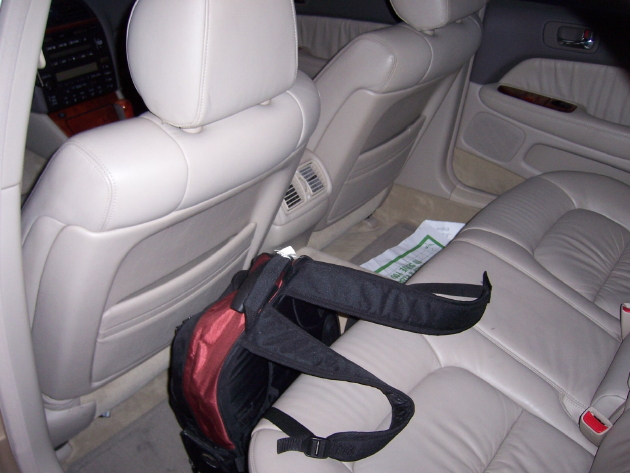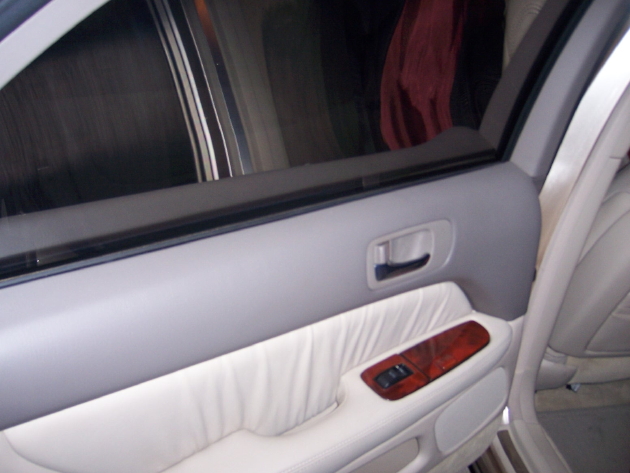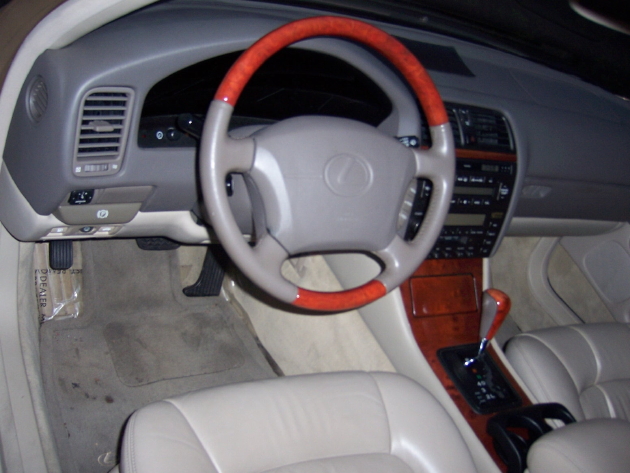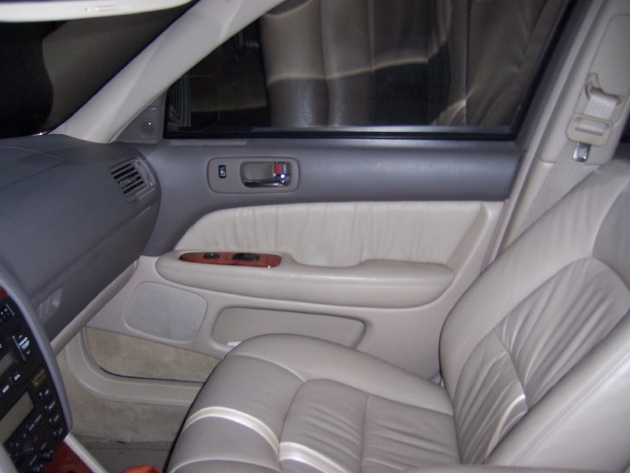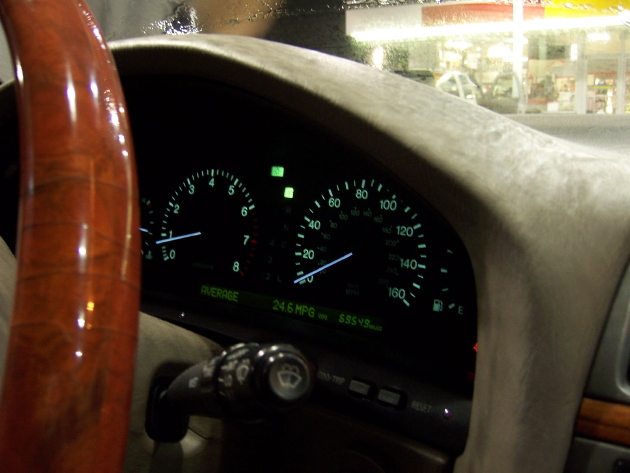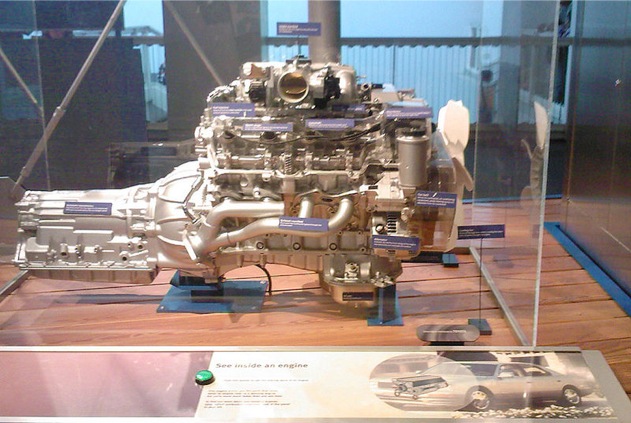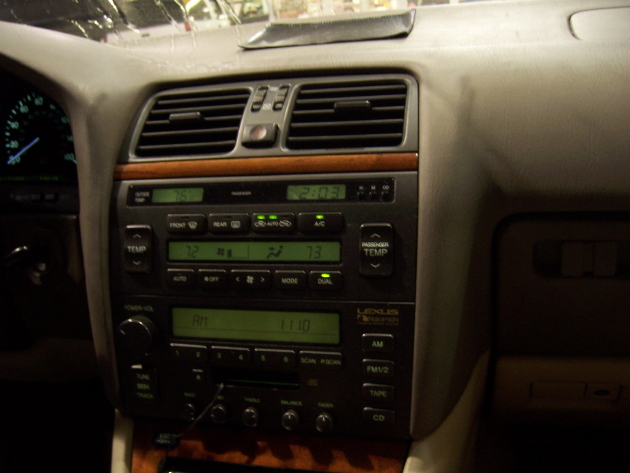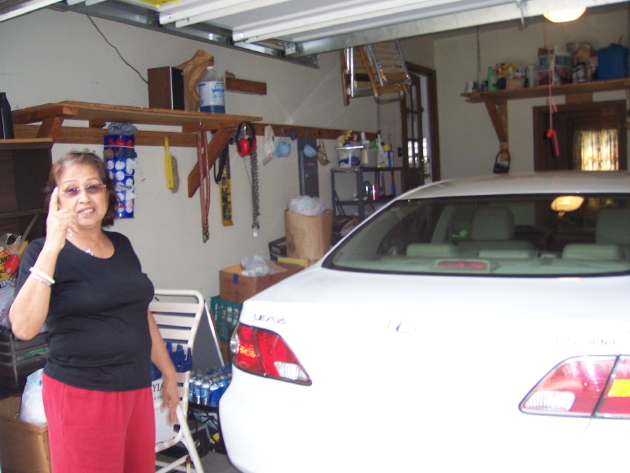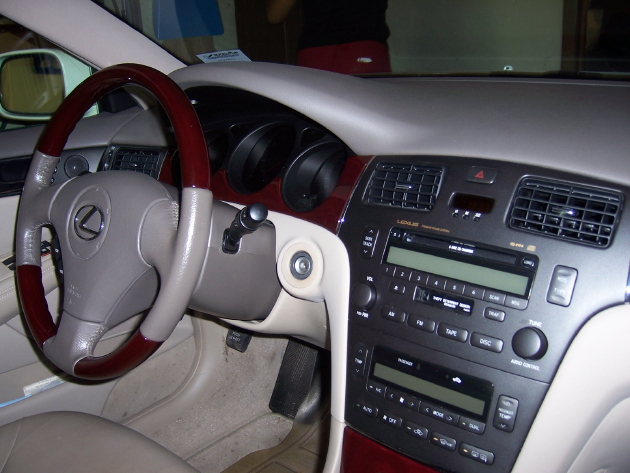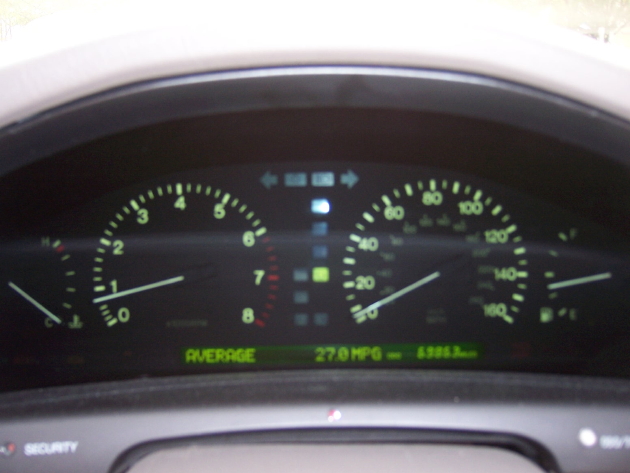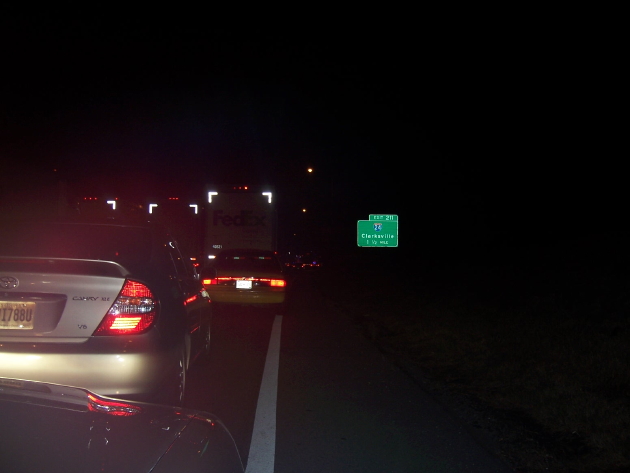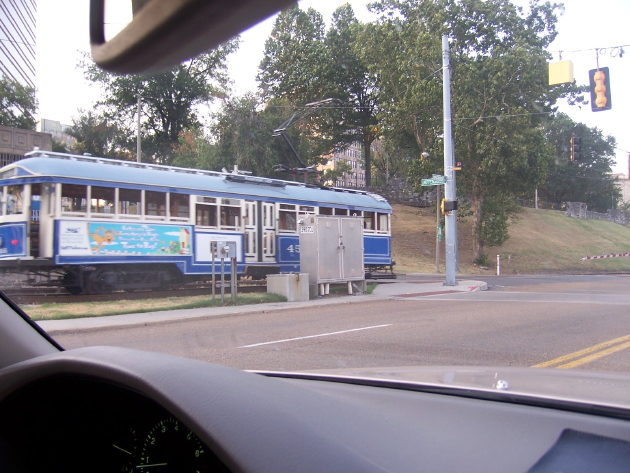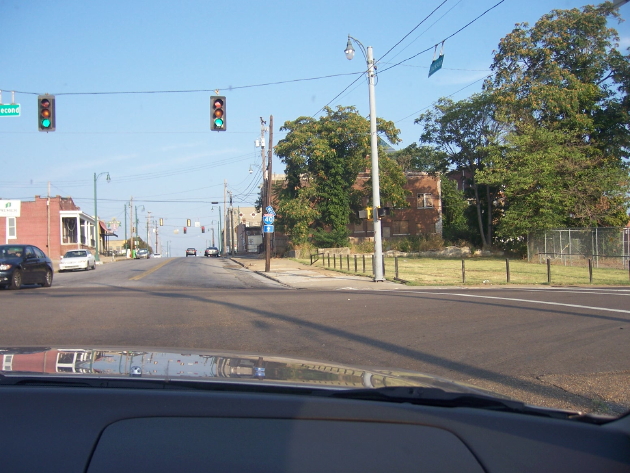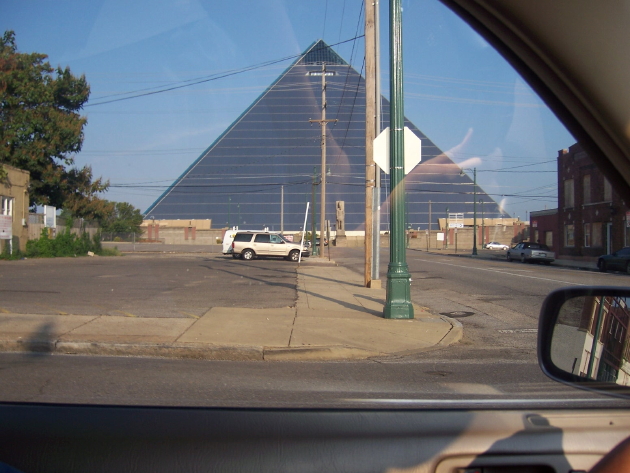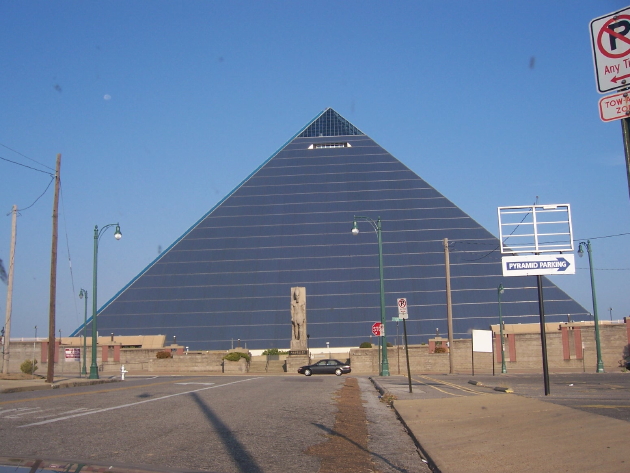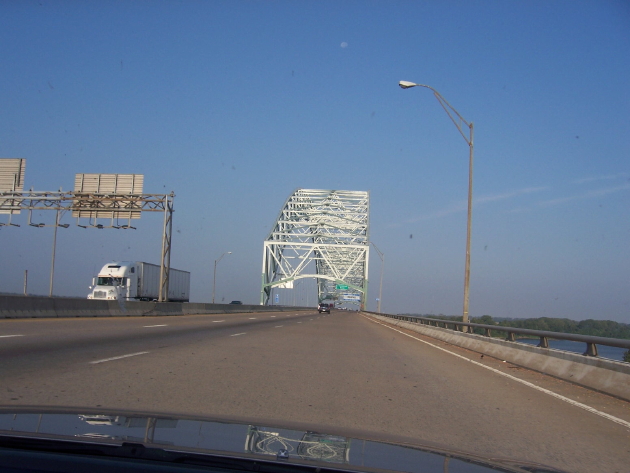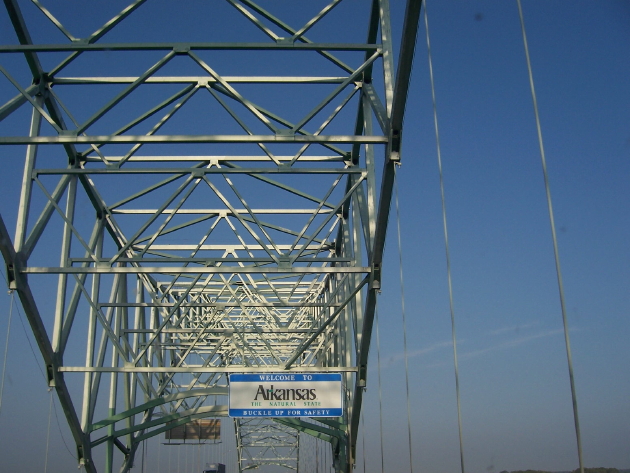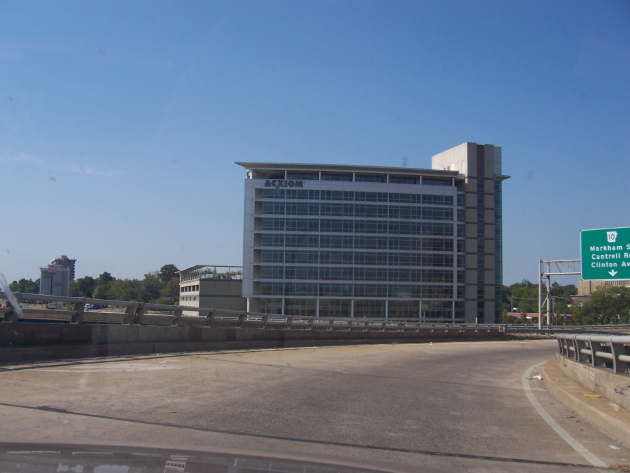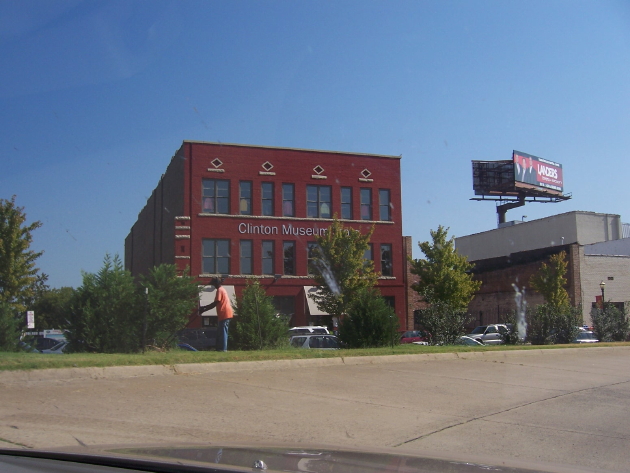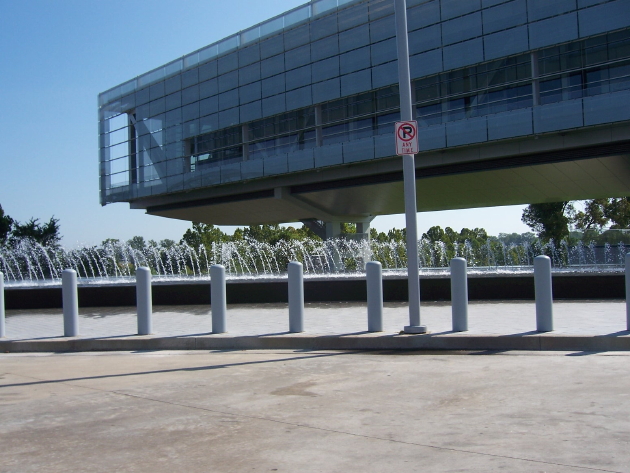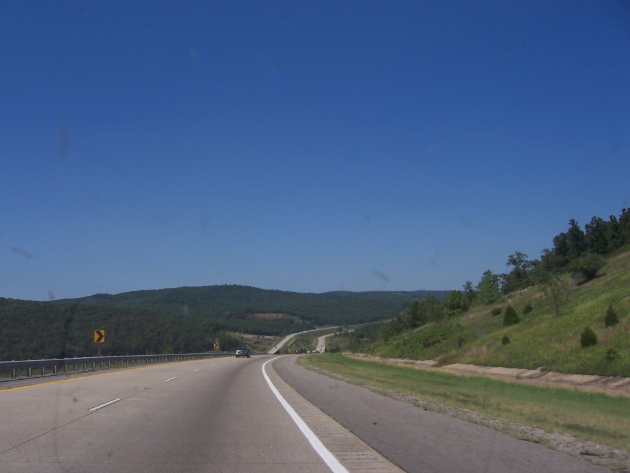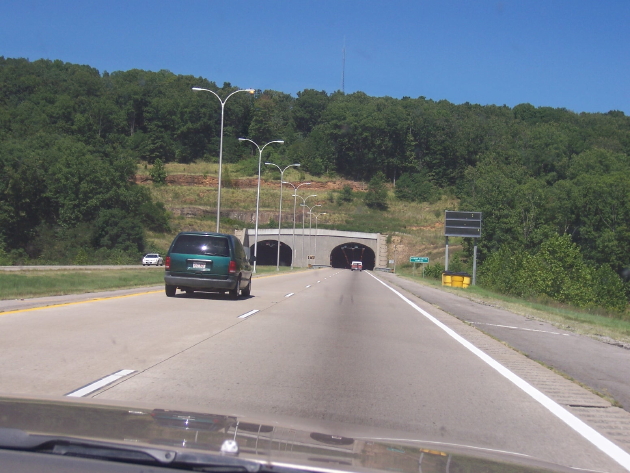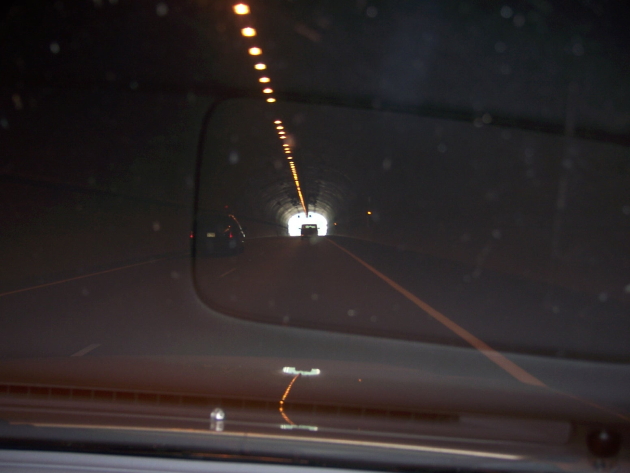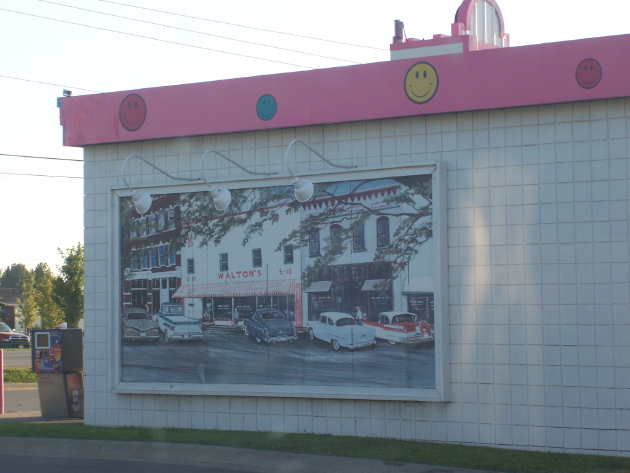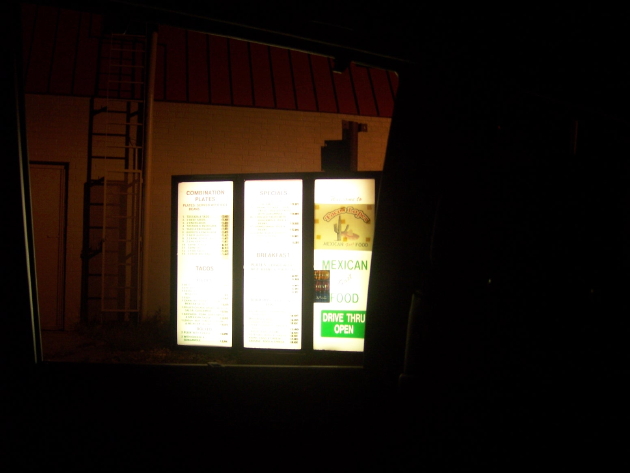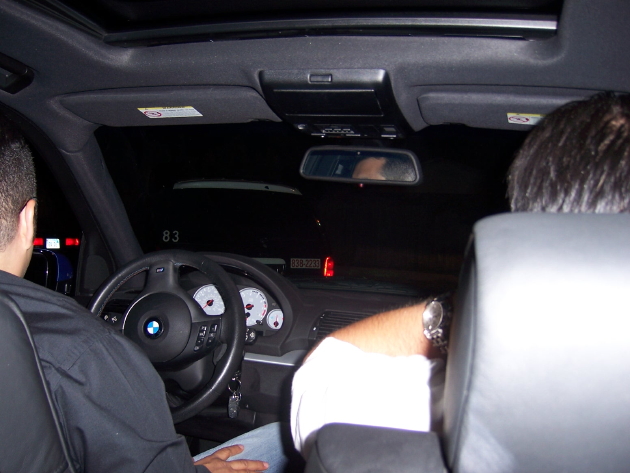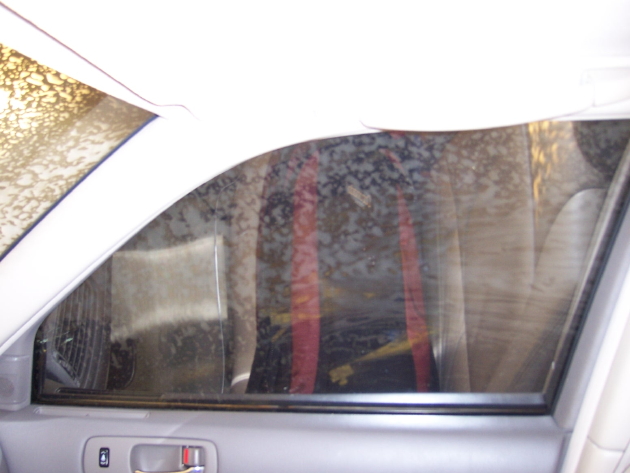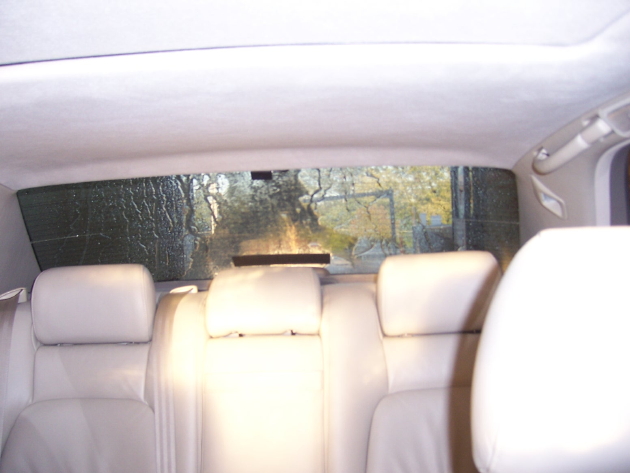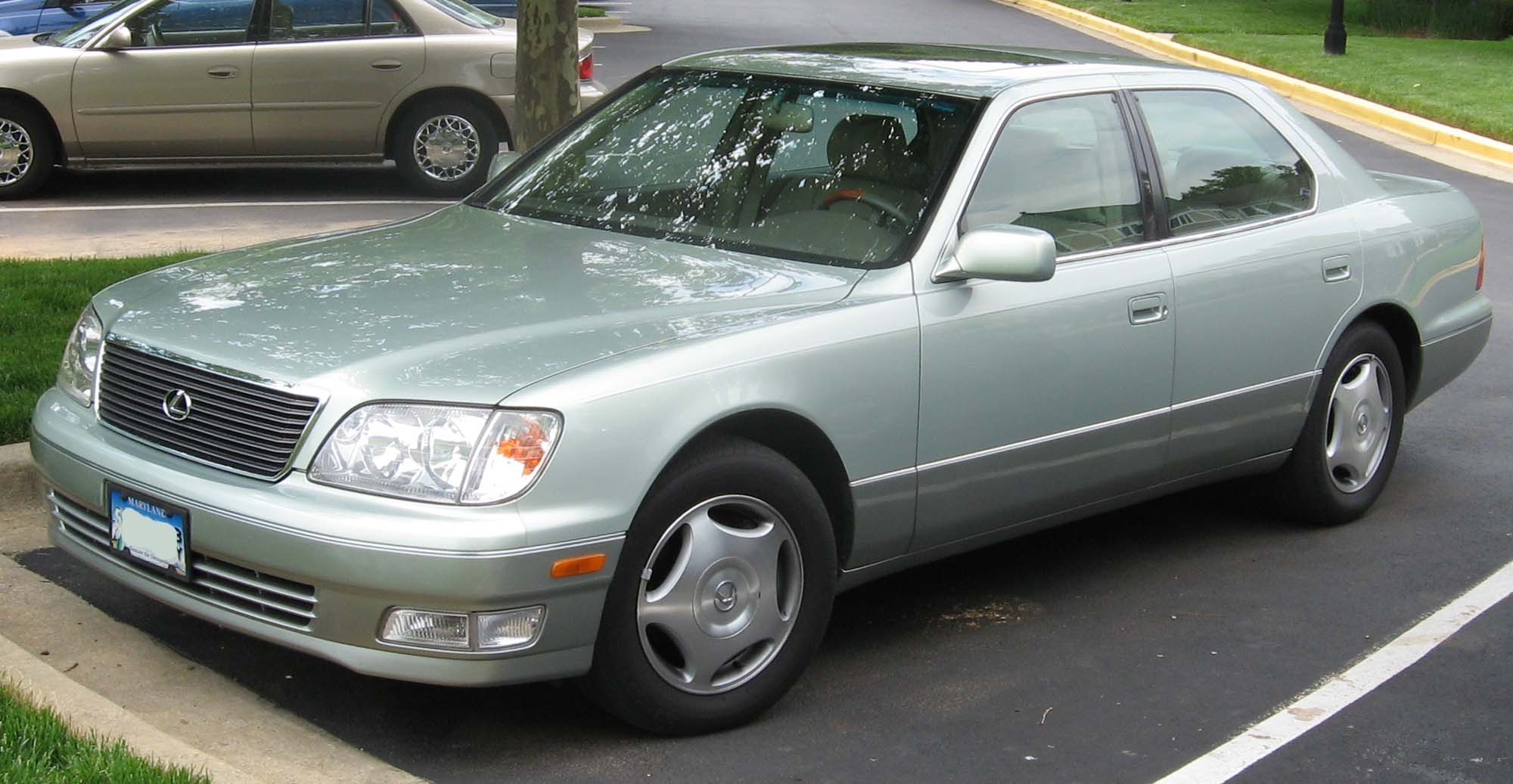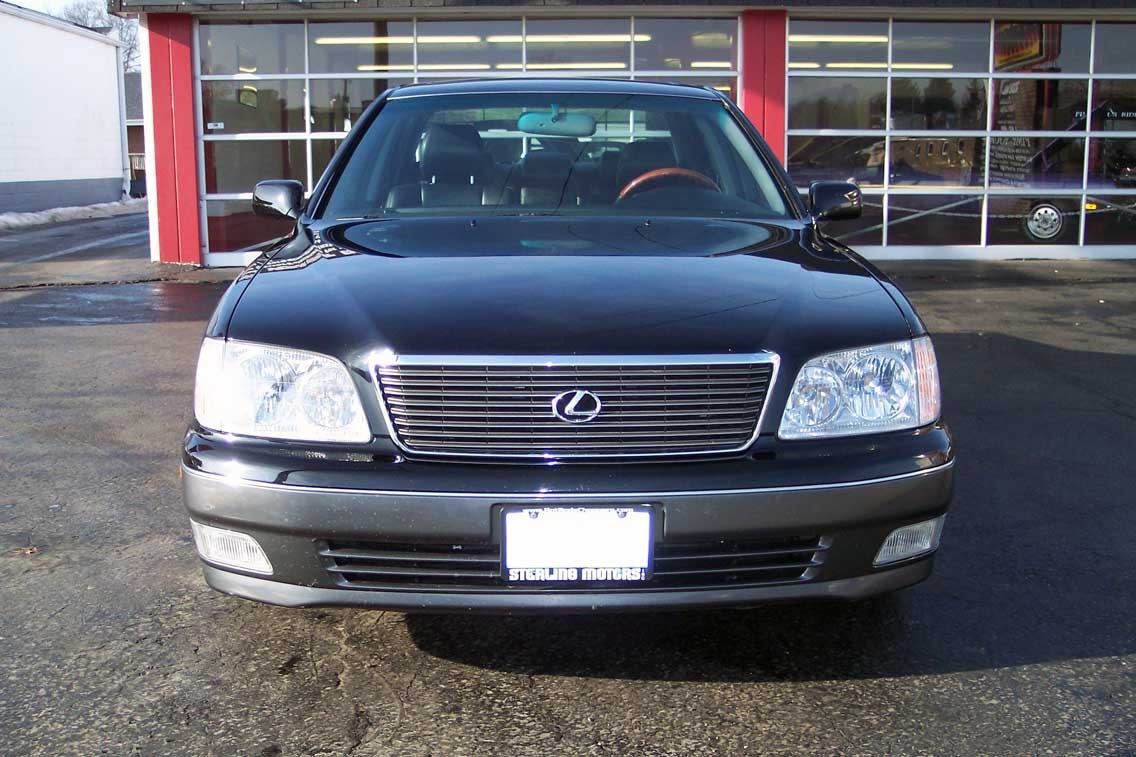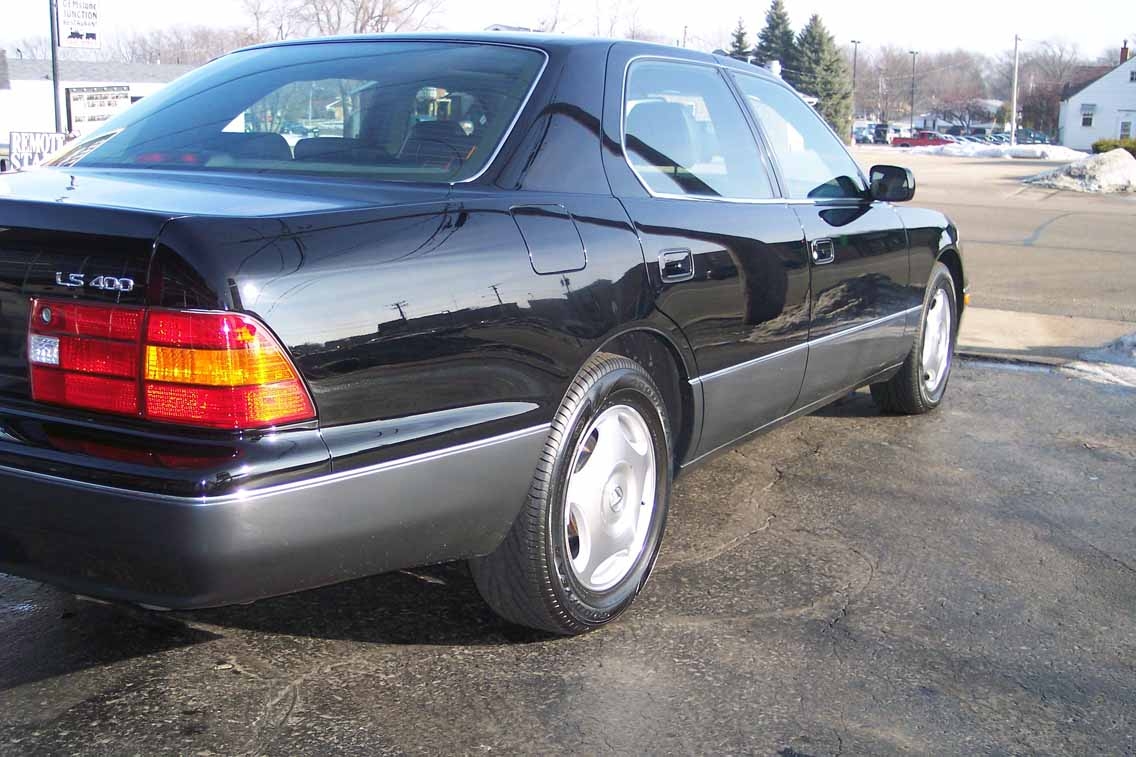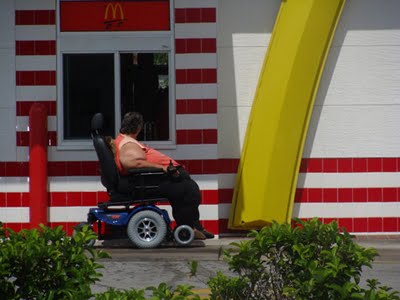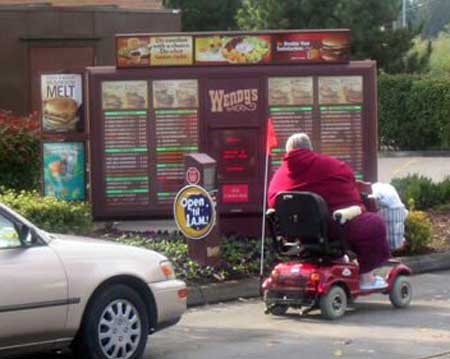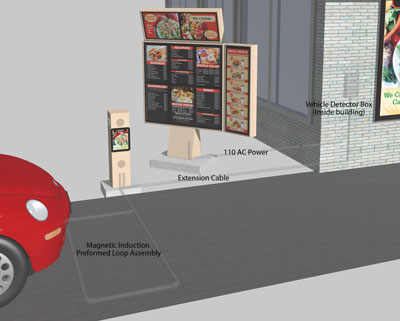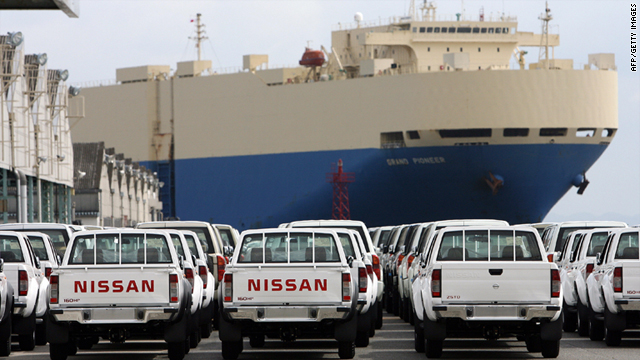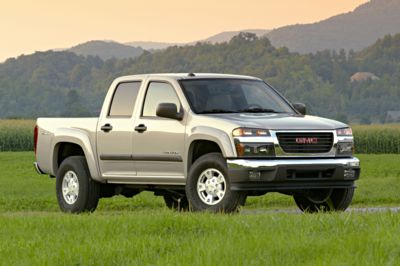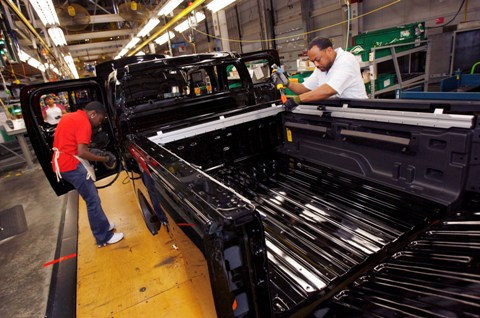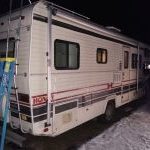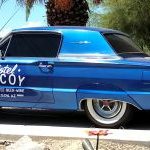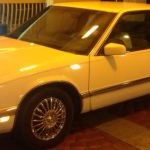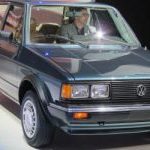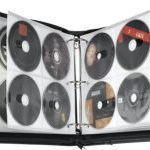$1 gas is over — gone — a relic of the 1990s never to be seen again, like the hair on my head. The worst part is that during this golden era of cheap gas, I was in high school driving a shitbox Nissan Sentra that stunk like rotten eggs.
Today’s middle class no longer enjoys the standard of living it did a decade ago, forced by high energy costs and debt burdens to make compromises. It once cost less than a thousand dollars a year in gasoline to drive a Lincoln Navigator. That’s risen to nearly $4,000, which puts quite a dent in the incomes of most middle and aspiring upper middle class families, leaving these insolent chariots available only to those with means.
If you own a spacious gas guzzler, you have the option of continuing to pay out the nose for fuel or making a change in what you drive. Of course, selling or trading your large SUV right now when crude oil is over $100/barrel would be terribly foolish, as the used car market will offer little while charging a premium to get into something smaller. Buy low and sell high, not the other way around. Wear out what you’ve got and make the switch when you’re due instead of reacting to fear, hype, and fluctuations in the energy market.
In some cases, it can take years for fuel savings to compensate for lost resale or trade-in value, making a more fuel efficient car much more expensive than expected. Do the math. Use your head.
And buying a more fuel-efficient car doesn’t mean you have to run to the Toyota dealer and take home a f***ing Prius (can you tell I hate them?). Thanks to clever engineering and modern technology, you can have your cake, eat it, then have some more. Gorge on cake until you get type 2 diabetes for all I care.
To compare these cars, I’m using my own subjective scale called “SPG” or Smiles Per Gallon. I’m not the first to use the term, but I’m probably the first to assign a number to it.
Take the joy, comfort, and utility of a vehicle and divide it by EPA-rated fuel economy. The scale is from 1-10, 10 being the most fun to drive, usable, or enjoyable. Its like the opposite of the misery index.
By this standard, the 48mpg Toyota Prius scores closer to 1spg while the 31mpg Ford Mustang scores closer to 10spg. The Miata scores a bit lower than the Mustang for its lack of utility, but not much lower because of its low purchase price and razor sharp handling. Get it? Good.
I might begin evaluating SPG in future reviews.
To simplify the math when calculating costs, I’m only using highway fuel economy and regular unleaded gasoline at one fixed price per gallon ($4), so expect the real world number to be slightly different, especially for diesels.
2011 Ford Mustang 3.7L V6
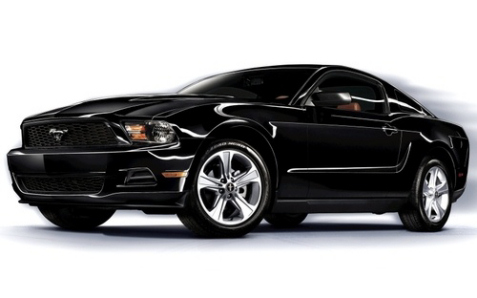
Power: 305hp
0-60: 5.5sec
Highway Fuel Economy: 29mpg
Price: $26,895, V6 Premium, Manual
Annual fuel cost @ 12,000 miles, $4/gallon: $1655
Pros: Acceleration, styling, build quality, comfort, handling, presence of back seat, cargo space, interior with customizable colors, value for money.
Cons: Image — No matter how great this car is, insecure Mustang enthusiasts call you a teenage girl or secretary for buying the V6.
Smiles Per Gallon: 9spg
2011 Mazda Miata 2.0L I4

Power: 167hp
0-60: 6.8sec
Highway Fuel Economy: 28mpg
Price: $25,300, Touring, Manual
Annual fuel cost @ 12,000 miles, $4/gallon: $1714
Pros: Outstanding handling, light weight, high build quality, solid dependability, lively steering, light clutch, snickety shifter. A modern classic. In the words of Rebecca Black, the Miata is “FUN FUN FUN FUN”
Cons: Not very practical.
Smiles Per Gallon: 8.5spg
2011 Volvo S60 T5 2.5L I5 Turbo

Power: 250hp
0-60: 6.8sec
Highway Fuel Economy: 30mpg
Price: $30,975
Annual fuel cost @ 12,000 miles, $4/gallon: $1600
Pros: Chic interior, sound system, leg room, seats, safety, styling, turbo engine pulls like a train, tremendous luxury value thanks to low MSRP.
Cons: Expensive parts and labor, complicated electronics.
Smiles Per Gallon: 9spg
2011 BMW 335d Sedan 3.0L Turbo Diesel
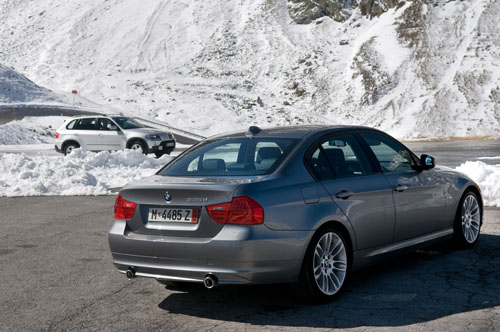
Power: 265hp (425 lb-ft)
0-60: 5.9sec
Highway Fuel Economy: 36mpg
Price: $44,150
Annual fuel cost @ 12,000 miles, $4/gallon: $1,333
Pros: Diesel torque and efficiency without the soot and clatter, typical 3-series sharpness, style, and refinement.
Cons: People will think you’re a douchebag and a cheapskate. Diesel fuel costs a little more. $45k is a lot for entry-level luxury.
Smiles Per Gallon: 8spg
2011 Chrysler 300 Limited V6 3.6L
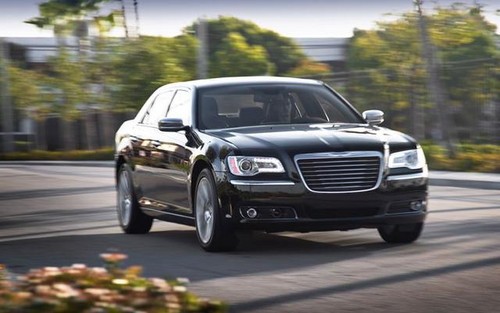
Power: 292hp
0-60: 7.1sec
Highway Fuel Economy: 27mpg
Price: $27,170 V6 Limited
Annual fuel cost @ 12,000 miles, $4/gallon: $1777
Pros: Shiny new face, respectable new interior, respectable handling, lots of power from new V6, spacious, reasonably low price, comfort, quiet, smoothness, LOTS of car for the money.
Cons: People will think you’re a drug dealer or a geezer. Reliability of new V6 is unproven. Previous 300 suffered from ball joint issues and cracking door handles. Manufacturer frequently ends up in the emergency room.
Smiles Per Gallon: 6.5spg
2011 Buick Lacrosse 2.4L I4

Power: 182hp
0-60: 9.1sec
Highway Fuel Economy: 30mpg
Price: $29,555 CXL FWD
Annual fuel cost @ 12,000 miles, $4/gallon: $1600
Pros: Interior, ride, low noise, high refinement, sharp styling, handling, many creature comforts.
Cons: Slow.
Smiles Per Gallon: 5spg
2011 Toyota Prius 1.8L Hybrid Electric
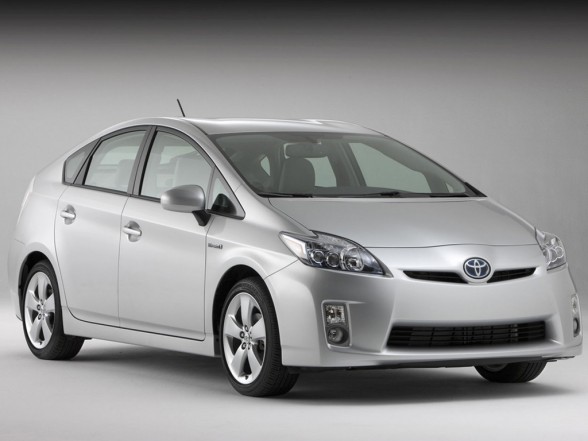
Power: 134hp
0-60: 9.8sec
Highway Fuel Economy: 48mpg
Price: $24,050
Annual fuel cost @ 12,000 miles, $4/gallon: $1000
Pros: Reasonably spacious interior, reliability, environmentalist snob factor if you’re into that, the joy of driving past the gas station.
Cons: Floppy suspension, sad acceleration, sloppy handling, potato styling thats more sad than futuristic, the embarrassment of owning a Prius, being associated with environmentalists.
Smiles Per Gallon: 2spg
2011 Chevy Cruze Eco 1.4L Turbo
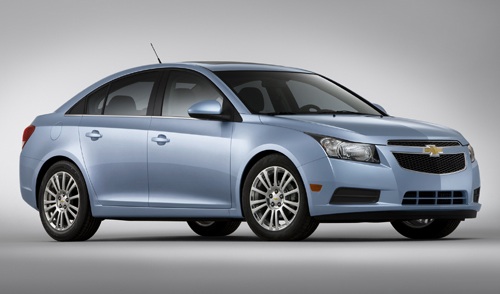
Power: 138hp
0-60: 9sec
Highway Fuel Economy: 42mpg
Price: $18,425, Manual
Annual fuel cost @ 12,000 miles, $4/gallon: $1142
Pros: Huge improvement over the old Cobalt, nicer than a 2011 Jetta, clever aerodynamic tweaks. Less complex, cheaper to buy, better to drive, and better looking than a Prius.
Cons: The Focus has a higher quality interior and sharper styling. “Cruze” is a stupid name. Slow.
Smiles Per Gallon: 4spg
2011 Mini Cooper Hardtop
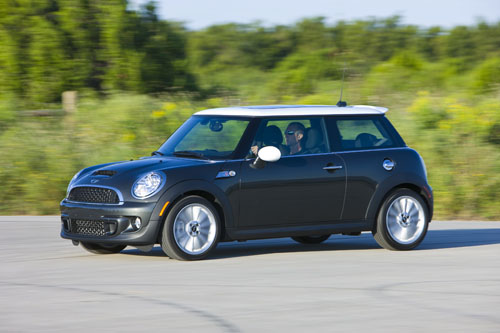
Power: 138hp
0-60: 8.4sec
Highway Fuel Economy: 37mpg
Price: $19,400, Manual
Annual fuel cost @ 12,000 miles, $4/gallon: $1297
Pros: Go-kart handling, more room inside than you think (though not exactly spacious), cheerful personality, European style for cheap. Practical daily driver.
Cons: Expensive among economy cars, stiff ride. Not exactly quick.
Smiles Per Gallon: 8spg
2011 Subaru Impreza Wagon 2.5 AWD
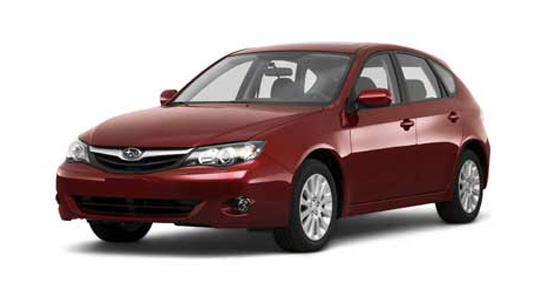
Power: 170hp
0-60: 9sec
Highway Fuel Economy: 27mpg
Price: $17,995, Manual
Annual fuel cost @ 12,000 miles, $4/gallon: $1777
Pros: All wheel drive traction, high build quality, nice looking dashboard and center stack, light on its feet, solid structure, strong brakes, exceptionally practical wagon.
Cons: Looks frumpy from some angles, slow, AWD adds weight and uses fuel.
Smiles Per Gallon: 7.5spg
2011 Saab 9-3 2.0T I4 Turbo
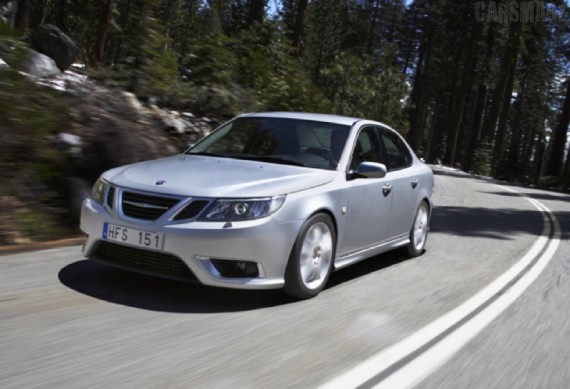
Power: 210hp
0-60: 7.1sec
Highway Fuel Economy: 31mpg
Price: $28,900, Manual
Annual fuel cost @ 12,000 miles, $4/gallon: $1548
Pros: Precise and light steering, easy to throw around corners, lots of style and character, base model is reasonably well equipped with leather and rainsense wipers, strong and dependable Ecotec engine.
Cons: Some may prefer heavier steering. Despite some refreshing, this body is showing its age. Ugly GM factory radio replaces what used to be a unique and sophisticated looking information center. Too many cheap plastics for a luxury brand. Saab has a good chance of going out of business.
Smiles Per Gallon: 7.5spg
2011 Infiniti G37 3.7L V6 Sedan
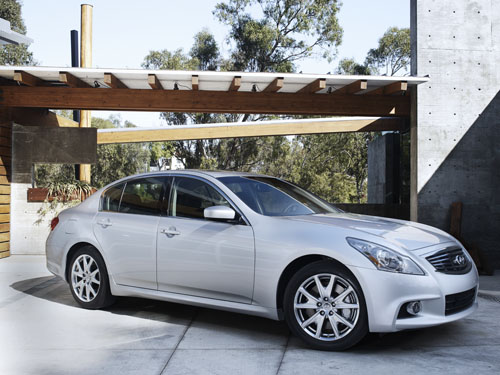
Power: 328hp
0-60: 6sec
Highway Fuel Economy: 27mpg
Price: $33,250, Manual
Annual fuel cost @ 12,000 miles, $4/gallon: $1777
Pros: Beautiful interior, sharp handling, proven reliability, high resale value, still one of the best entry-luxury performance bargains on the market.
Cons: None.
Smiles Per Gallon: 9spg
You can be a miser without being miserable.


